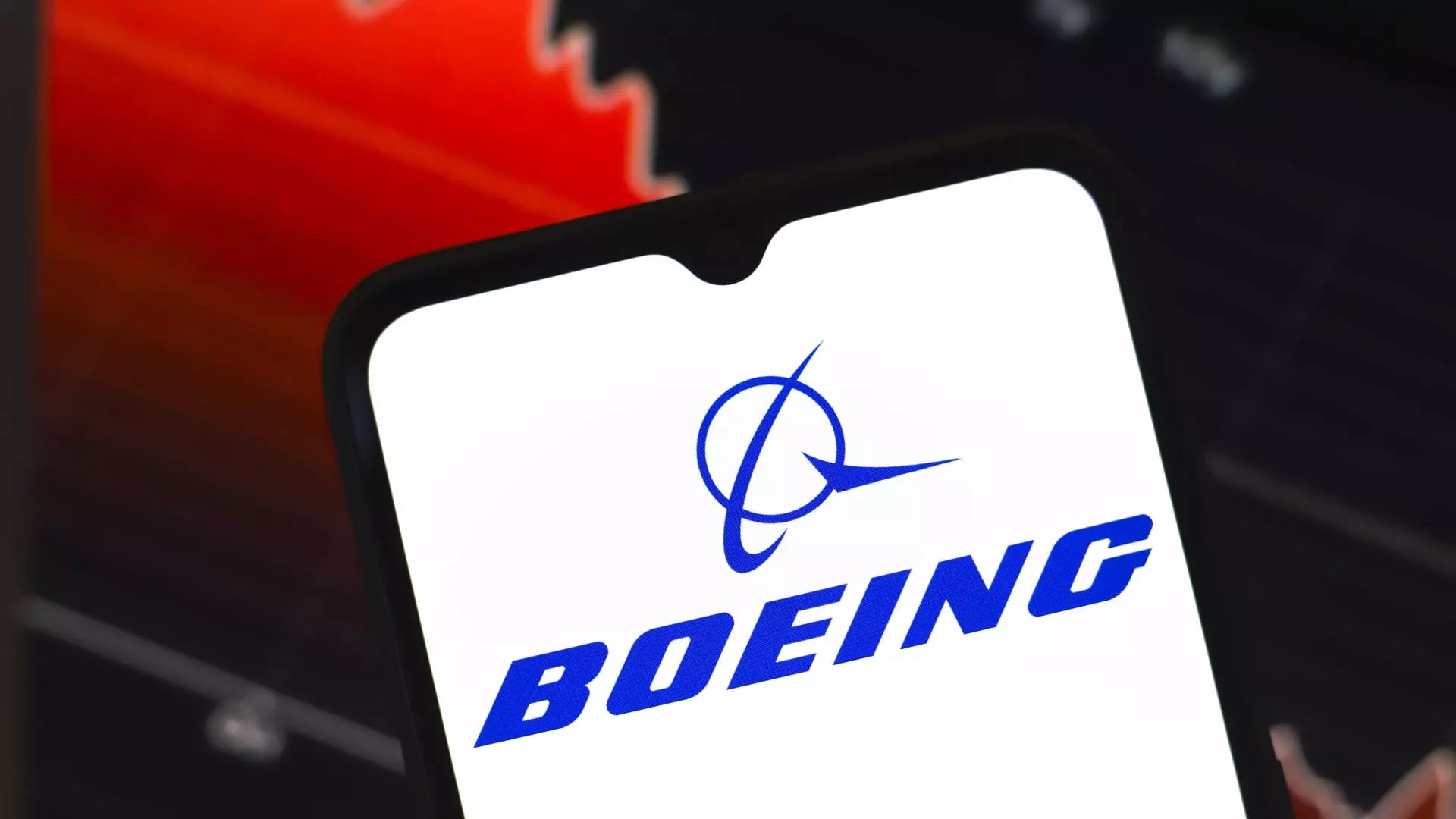The aerospace industry has witnessed its fair share of turbulence, particularly with Boeing being in the eye of the storm. After a staggering 32% drop in its stock price last year, attributed to quality control issues and labor strikes among machinists, many investors found themselves questioning the viability of holding on to this giant. However, Tim Seymour, the founder and chief investment officer of Seymour Asset Management, suggests that abandoning the stock at this juncture could be a grave error. On CNBC’s “Power Lunch,” Seymour recently articulated his optimistic view on Boeing’s trajectory, emphasizing a recovery that appears not only possible but imminent.
Since hitting a record low of $138.14 in late 2024, Boeing has rebounded significantly, marking a rise of approximately 34%. This resurgence can be linked to the company’s concerted efforts to rectify internal issues. Seymour is adamant that now is not the moment for investors to divest. He fervently stated, “I can’t quit Boeing, and it’s the wrong time to quit Boeing.” This sentiment is particularly poignant as it underscores the tenacity required in this volatile market. However, it remains essential to dissect the underlying factors driving this anticipated turnaround.
Seymour pointed out a critical financial milestone; he believes that by 2026, Boeing will achieve a positive free cash flow, a significant turnaround from its current cash-burning state. This forecast is predicated on a robust operational strategy being implemented throughout 2025 to facilitate this transition. Such insights compel a broader evaluation of Boeing’s strategic posture and competitiveness in an industry that faces not just economic fluctuations but also evolving consumer demands and technological innovations.
Another noteworthy company that has garnered attention is CVS Health. Following a troubling 2024 that saw its shares slump by 43%, CVS has experienced a remarkable resurgence, gaining around 47% at the start of the new year. This turnaround can be directly linked to the strategic adjustments made by the company, particularly in its executive leadership. Under the guidance of the recently appointed CEO David Joyner, focus has shifted towards optimizing profitability, especially regarding Aetna’s health insurance sector.
The company’s fourth-quarter earnings report has played a pivotal role in rebuilding investor confidence, revealing an adjusted earnings per share of $1.19 against expectations of 93 cents. This performance signals a potential stabilization, highlighting what Seymour terms a “turnaround story.” The focus on refining margins and restructuring operations indicates a methodical approach to recovering from previous setbacks. Seymour’s commentary brings to light the vital interplay between leadership decisions and market performance, reiterating that the right leadership can significantly influence a company’s trajectory in challenging times.
In stark contrast to Boeing and CVS, Intel’s stock story is a warning to investors about potential pitfalls in the tech sector. After experiencing a significant decline of 60% in 2024, Intel’s stock saw a brief surge of 24%. However, Seymour warns investors that Intel remains a company at a crossroads. His characterization of Intel as a “rudderless ship” underscores a prevailing sentiment of instability and lack of direction within the organization.
While issues such as market competition and strategic planning can shape investor outlooks, Seymour’s impassioned critique emphasizes the need for a visionary leader and a coherent strategy. The reassurance from U.S. Vice President JD Vance about protecting American interests in artificial intelligence and chip production may provide transient optimism, yet it does not disguise the ongoing challenges that Intel faces.
The contrasting narratives surrounding Boeing, CVS, and Intel present an intriguing study on the nature of market resilience and investor behavior. While Boeing and CVS are illustrating signs of recovery through strategic reorganization and market focus, Intel’s struggles highlight the dangers of stagnation in a rapidly evolving industry. For investors, these developments serve as a crucial reminder: diligent research, critical analysis, and forward-looking perspectives are key in navigating the complexities of today’s financial landscape. Embracing the fluid nature of the market while leveraging insights from experienced analysts like Seymour can protect investors from missteps and miscalculations in their investment journeys.


Leave a Reply